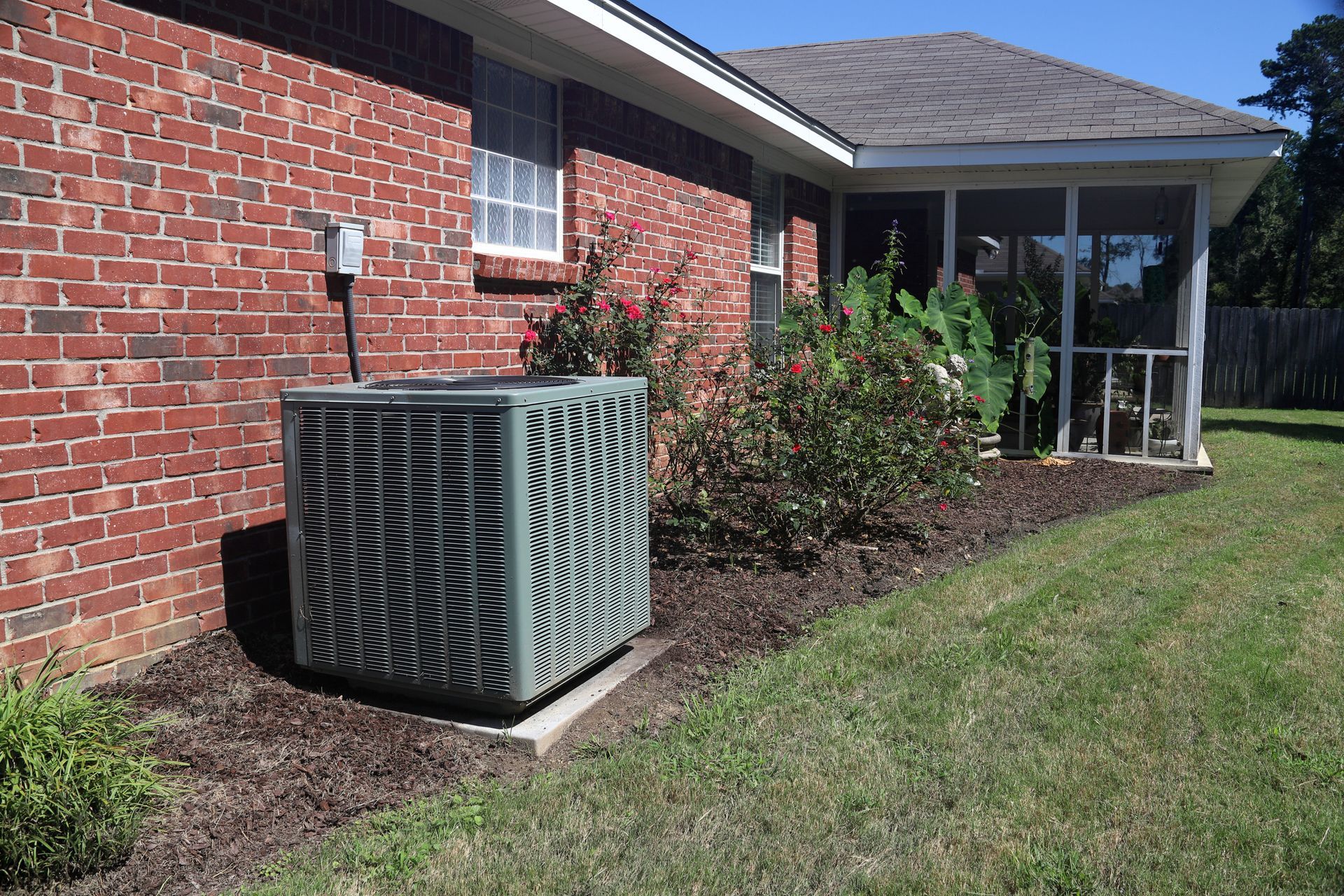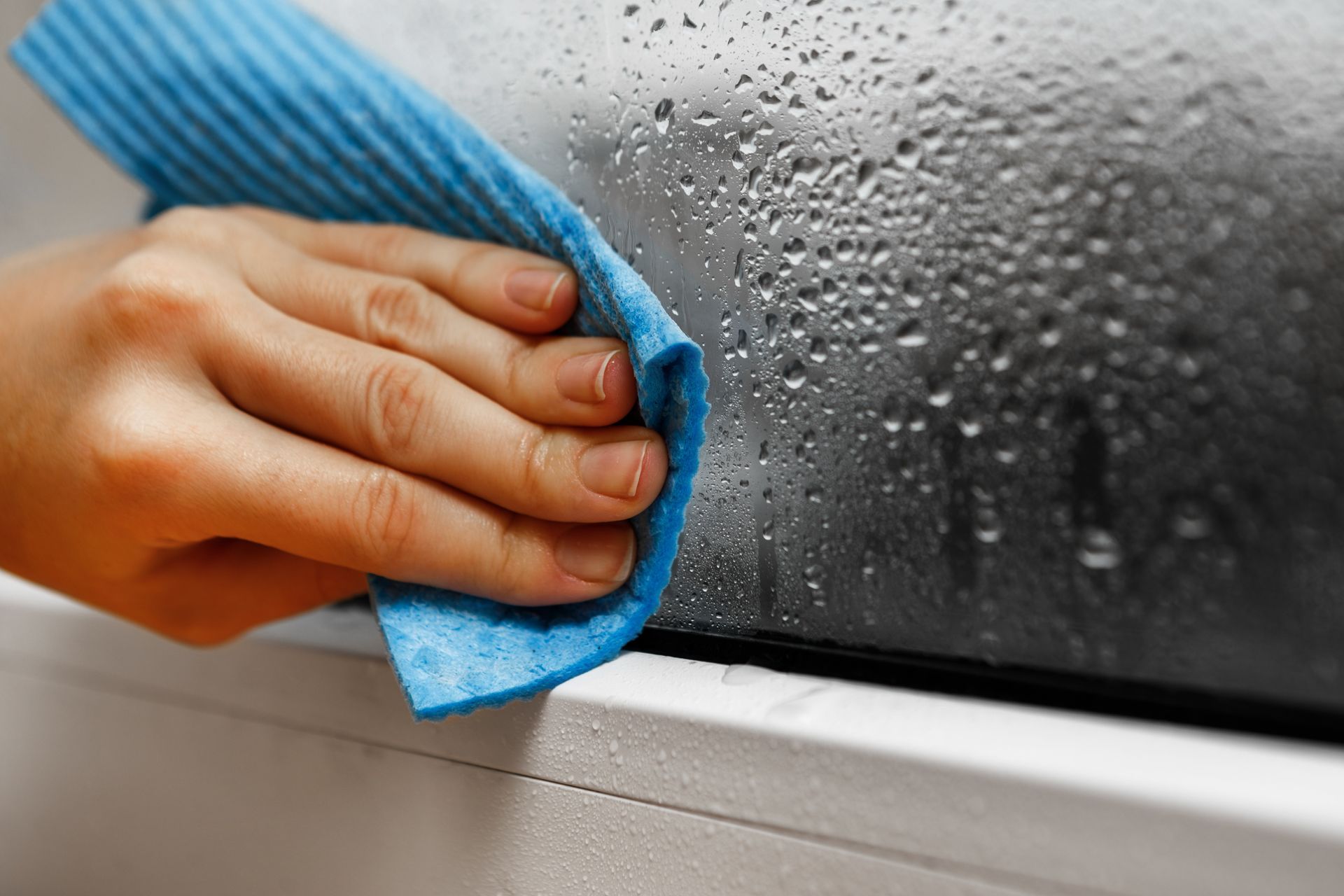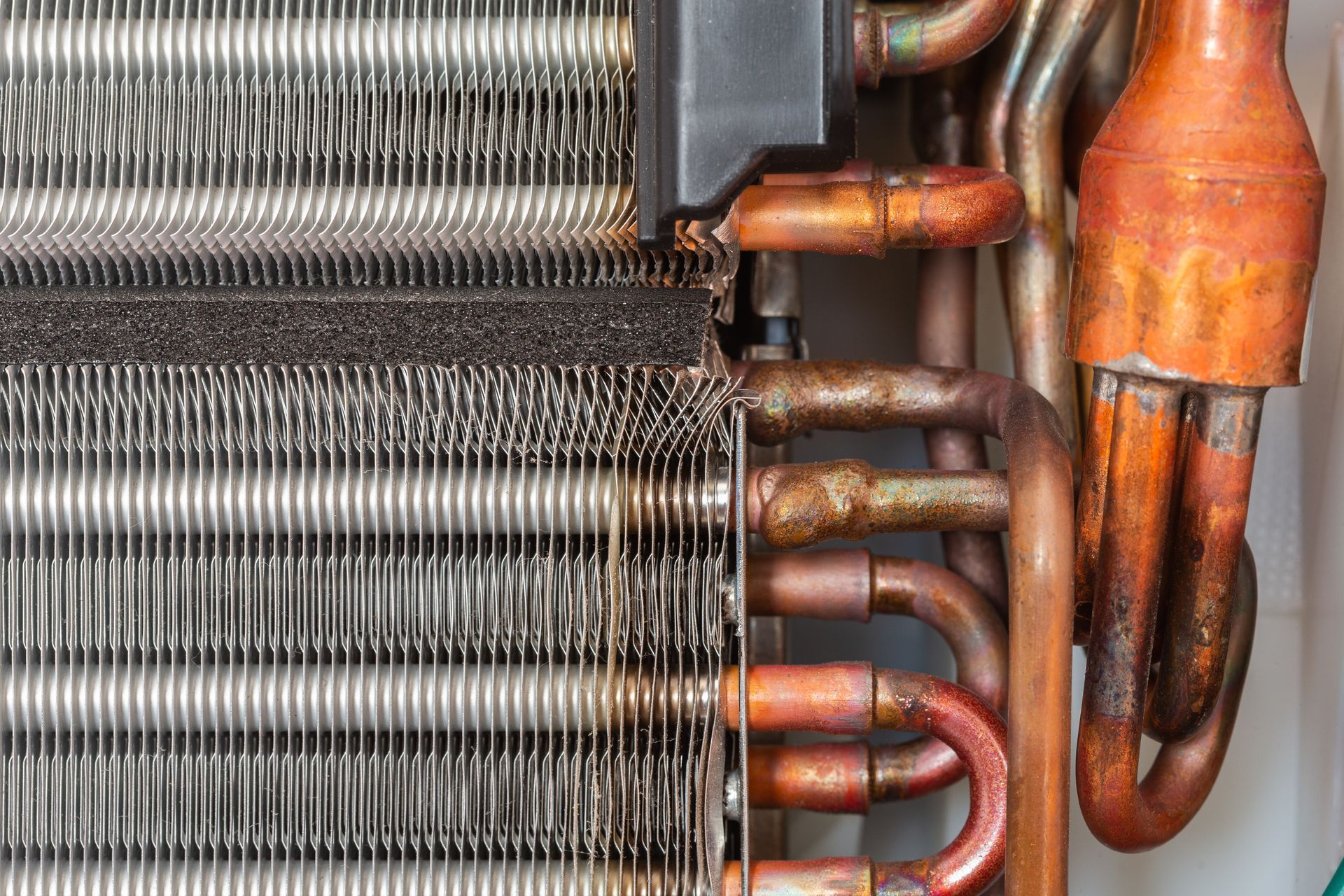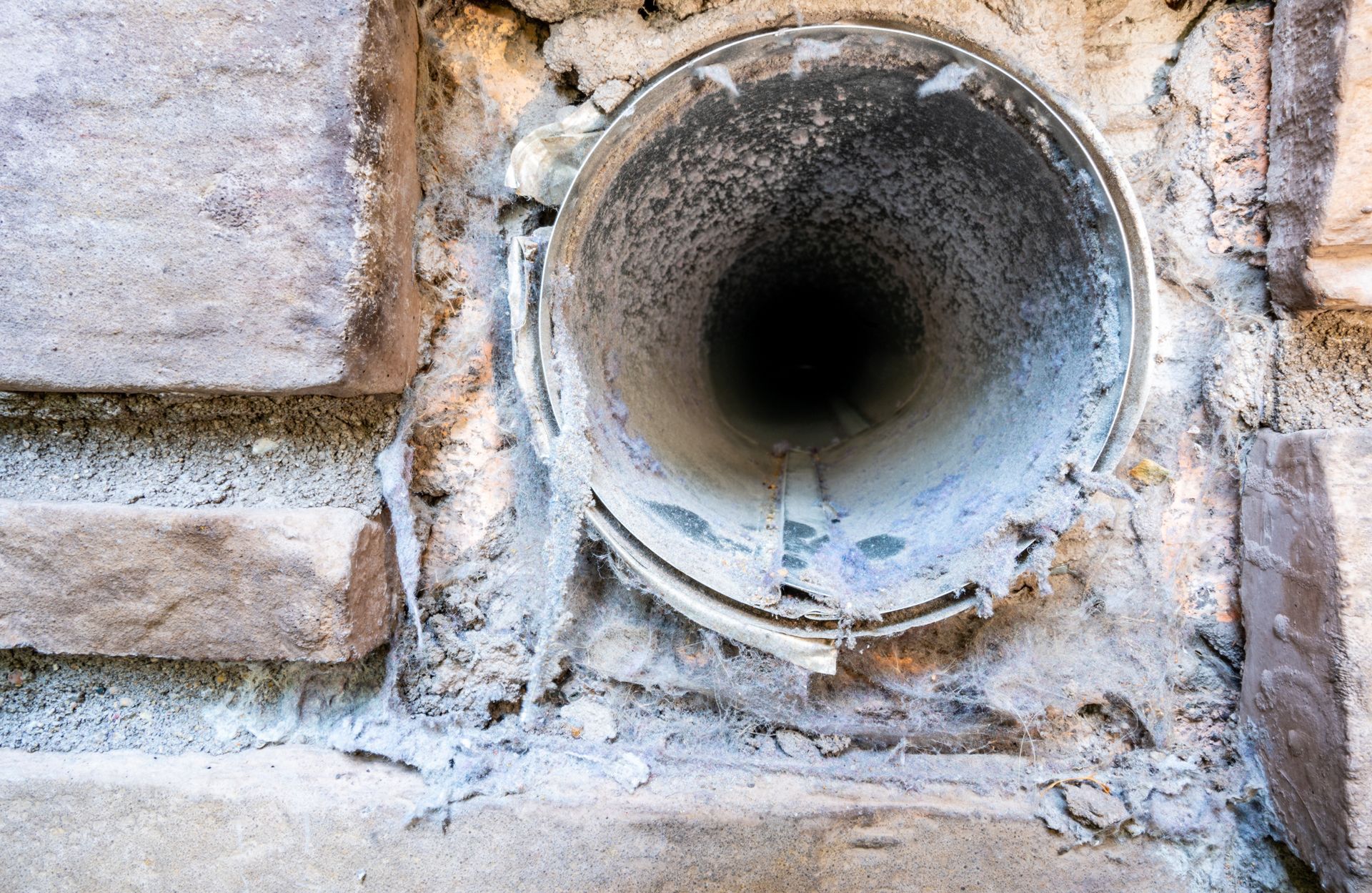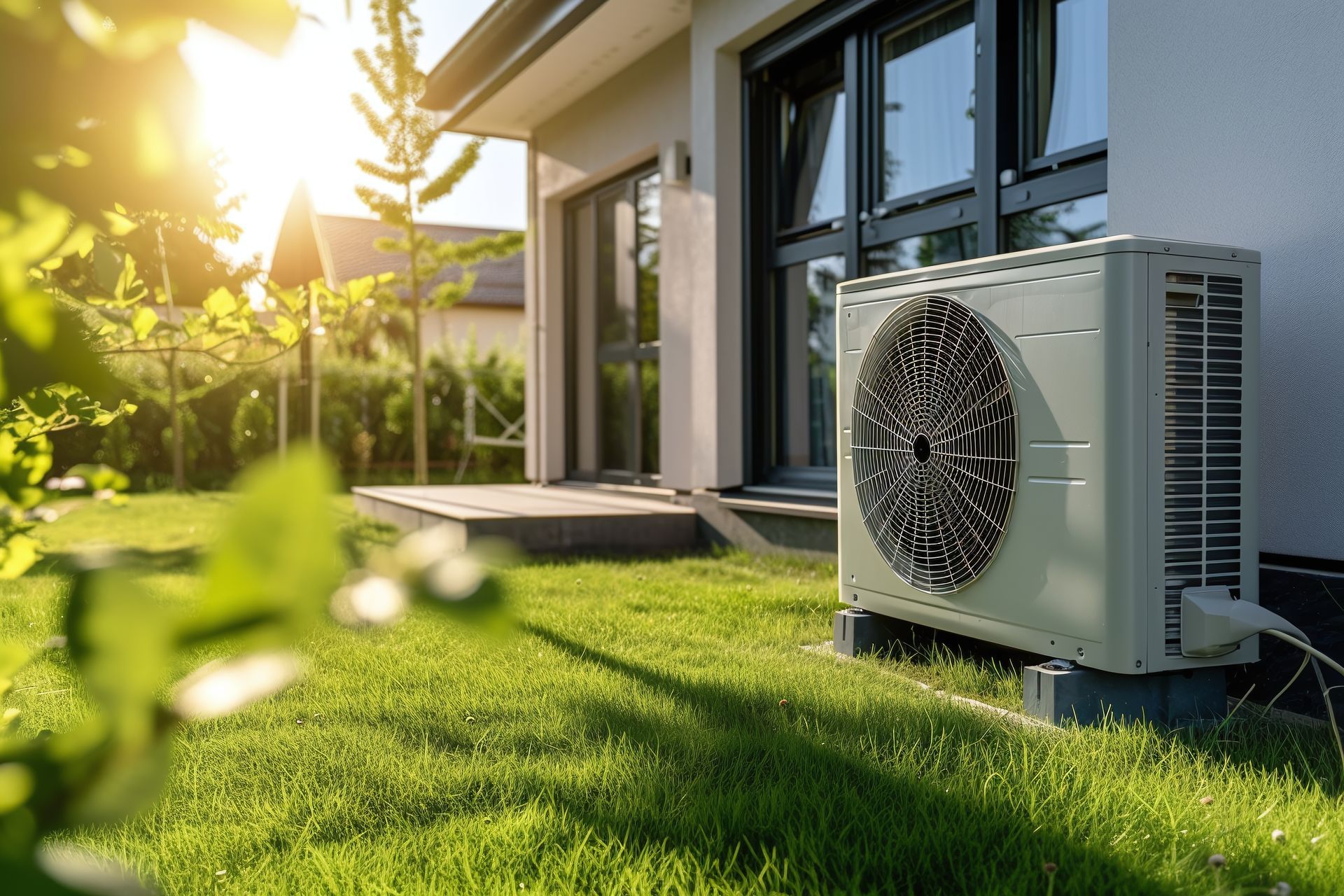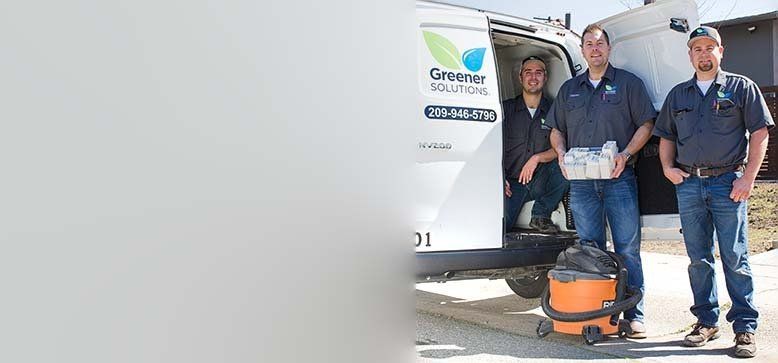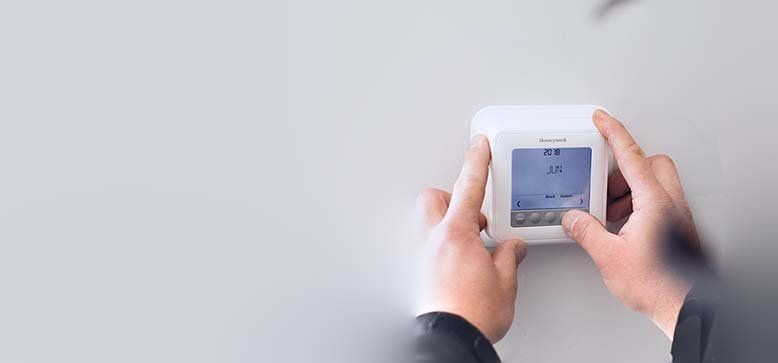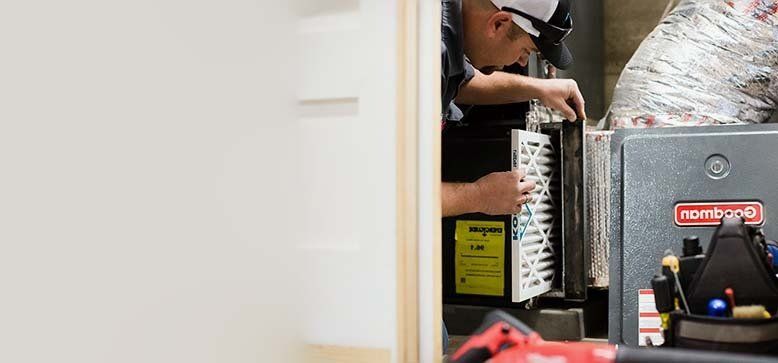Can You Dehumidify With An Air Conditioner?
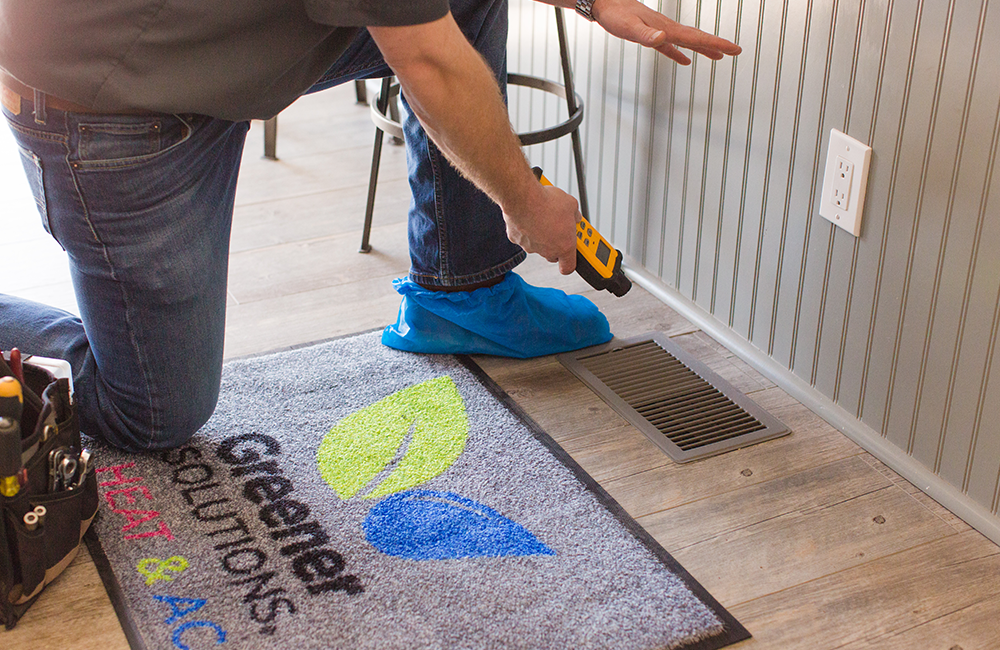
California isn’t known to be the most humid state but there are still times when a California home may need the benefit of dehumidification. Ideal indoor humidity levels are between 30% - 50% relative humidity. Anything higher than that is rare in California but unhealthy, nonetheless. High humidity can be the result of a larger problem that needs to be addressed as well as the cause of some other problems. Ensuring that humidity levels are maintained at an ideal range will ensure that humidity related issues are prevented. For the most part, air conditioner units in California should be able to help with dehumidification through the process they use to cool air. That said, if humidity levels stay high, extra support may be needed from an additional dehumidifier.
Do Air Conditioners Dehumidify
Air conditioners do have the ability to help dehumidify the air slightly through the process it uses to cool air. For most homes in California, this is probably enough to keep the home within the ideal humidity range. That being said, there are some circumstances when an air conditioner’s ability to dehumidify is limited. When an AC unit is improperly sized it will be difficult to dehumidify with AC. AC units that are too small won’t be able to process as much air and AC units that are too big will cycle on and off because the unit is too strong. Both instances will impact the AC unit’s ability to cool and dehumidify effectively and efficiently. Another problem that can limit an AC unit’s ability to dehumidify is an old and dirty filter. This can negatively impact air intake as well as cause dirty coils which prevent effective condensation.
How Air Conditioners Work
Air conditioners draw in warm air and passes the air over evaporator coils. These coils are filled with refrigerant which rapid cool the air causing condensation to build up on the coils. This condensation is the humidity being pulled out of the air while the AC unit is doing its job of cooling the environment. This excess water buildup can be removed via the condensate lines which is how the AC unit reduces relative humidity inside of a home. The cooled dry air is then cycle back into the home as more heat and humidity is drawn into the unit to cycle through the process again.
Potential Causes of Humidity in California
There are several potential causes for increased humidity inside of California homes:
- Showering: Bathrooms can get muggy after a long hot shower so proper ventilation is usually required to prevent excess humidity.
- Boiling water / cooking: Boiling water or using appliances like pressure cookers can release water vapor into the air.
- Drying laundry: Drying clothes usually releases about 2 liters of water into the air so if the dryer venting is leaking or not properly installed, the humidity levels inside of a laundry room can get out of hand.
- Gas heaters: When gas heaters run, one of the byproducts they produce is water vapor. If the gas heater does not have a flue to vent out this water vapor, the humidity levels will rise.
- Poor ventilation: Many of the problems caused by high humidity could be resolved if proper ventilation allowed a healthy circulation of air flow.
- Leaks or pooling water: Humidity levels can also be impacted if there is a water leak somewhere that is causing water to pool. This will evaporate over time, but humidity levels will likely reflect the evaporated water.
- Renovations: Certain renovations that require the laying of cement or concrete can release a lot of water into the air as they dry.
- Rainfall: While heavy rainfall is rare in California these days, it still happens on occasion. During instance of heavy rainfall, humidity levels inside will rise due to the outside humidity levels increasing.
Problems Caused by High Humidity
Regardless of what may be causing high humidity, there are several problems that high humidity can cause in California:
- Creates the perfect environment for mold and mildew to thrive
- Welcomes pests like cockroaches, silverfish, centipedes, earwigs, termites, ants, and dust mites
- Decreases comfort levels of inhabitants
- Water stains can emerge in areas not properly ventilated
- Condensation can cause water damage
Benefits of Dehumidification
With all of the problems that high levels of humidity can cause, it is critical to be able to reduce humidity to reasonable levels. The following benefits can be gained by maintaining an ideal humidity level.
- Improved comfort: High levels of humidity make the ambient temperature feel warmer and it can also cause everything to feel wet. If humidity is reduced, indoor temperatures will feel cooler and things like linens and windows will remain dry.
- A healthy home free of allergens like mold and mildew: Without humidity levels to support the growth of mold and mildew, the home is more likely to be free of allergens. This leads to less congestion, breathing problems, sneezing, rashes, and respiratory infections.
- Improved smell: Air that is free of mold and mildew will also smell clean and fresh.
- Reduced threat of pests: Lower humidity levels will reduce the likelihood of infestations by certain pests.
- Less corrosion: Humidity can cause condensation on metal surfaces so reducing humidity levels can reduce the chance of rust and corrosion.
Extra Dehumidifiers Might Be Necessary
In the event that humidity levels inside your home exceed the ideal range, it may be helpful to support the dehumidification process with extra home dehumidifiers. These smaller units can be moved around to rooms that are particularly humid to expedite the dehumidification process. As an extra bonus, running an extra dehumidifier will help the HVAC system operate with more efficiency because the relative humidity will be lower which results in the room feeling cooler.
How Do Dehumidifiers Work?
Dehumidifiers work similar to AC units but are more efficient at removing humidity. Moist air is drawn into the machine and cooled slightly to a temperature where the water vapor condenses. This water is then allowed to collect in a tray that needs to be emptied regularly while the dehumidifier is operating.
Air Conditioner vs Dehumidifier
The conversation about which is a better option between an AC unit and a dehumidifier is largely dependent on how humid the surrounding air regularly gets and a family’s preference on indoor conditions. Using a dehumidifier in most parts of California are probably unnecessary unless there are circumstances where high humidity levels are being created. This may make sense for certain businesses like laundromats or other water intensive business but for most homes, an AC unit should suffice in maintaining ideal humidity ranges. It also depends on time of year as rain is typically more abundant during winter months. It may not make sense to run the AC during the winter so if the environment seems more humid during the winter, a dehumidifier may be the better option at this time.
Pros and Cons of AC Units
Pros:
- Reduces heat levels inside of a home
- Reduces low amounts of humidity
- Can be used to cycle air and as a fan
Cons:
- Higher energy output & electricity bills
- Installation & maintenance expenses
- Higher initial cost compared to dehumidifier
Pros and Cons of Dehumidifiers
Pros:
- Rapidly reduces high levels of humidity
- Prevents environments that encourage mold, mildew, and pests
- Small portable units that can be placed where needed
Cons:
- Does not cool air
- Extra appliance that increases energy use


